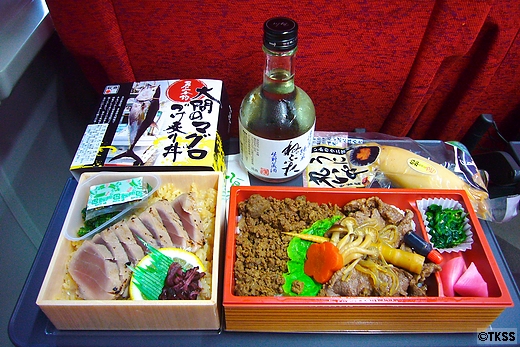You know, I love the idea of super computers. If you close your eyes and think about a super computer what do you think about? For some people it is probably HAL from 2001 a Space Odyssey or maybe you think about rows upon rows of computer banks with magnetic tape recording and readouts. I guess I am in the camp of the second way of thinking. It may be a little out dated, but it is just cool.
The first super computer I have ever heard about was the Japanese super computer the Earth Simulator. It was the fastest super computer in the world from 2002 to 2004. It was made to simulate the effects of global warming on a grand scale. It was really amazing for its time, but it was huge. All in all, the Earth Simulator 640 nodes (individual computers). Each node had 16 processors and 16 Gb of memory. Two of the individual computers were put in the same case and each case consumed 20 kW of power. That means the total power consumption was 6400 kW. Ouch. But, on the bright side, a lot of calculations could be performed per second. The number of calculations a computer can perform per second is called a FLOPS (Floating point Operation Per Second). How many could the original Earth Simulator perform? 35.86 * 10^12 FLOPS. That's right, almost 36 trillion operations per second. That used to be the fastest computer in the world, but now it is a mere 72nd place.
Here is where the big news comes in. You can find the original article here. The company that made the first Earth Simulator, the Japanese Agency for Marine-Earth Science and Technology (JAMSTEC), is coming back to make an Earth Simulator 2. This is going to be leaner and more powerful than the first Earth Simulator. Instead of the 640 nodes of the first one, there will be only 160 nodes. Each node will be much more powerful than the nodes in the first Earth Simulator. Because there are fewer computer the amount of energy used it reduced. In fact JAMSTEC said the power usage should go down by as much as 80%. But, the most important thing is how many FLOPS is can perform. The new Earth Simulator can perform 131 * 10^12 FLOPS. That would be a whole lot. The only thing is, it is not the fastest in the world. The fastest super computer is the IBM Roadrunner with a whopping 1105 *10^12 FLOPS.
I will leave you a picture of the new Earth Simulator.












